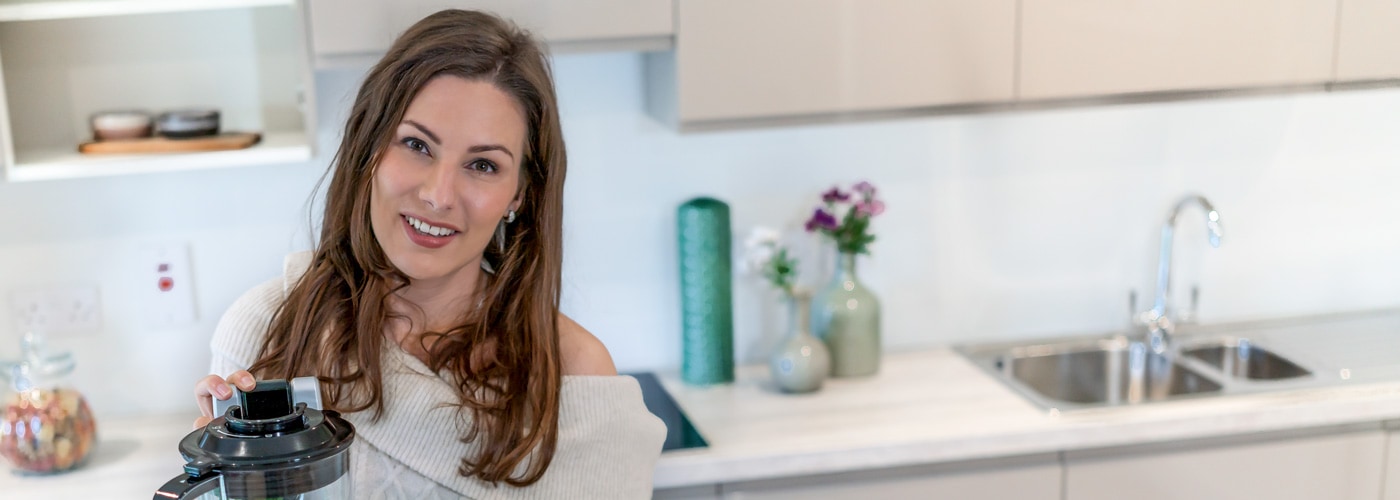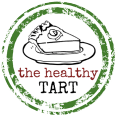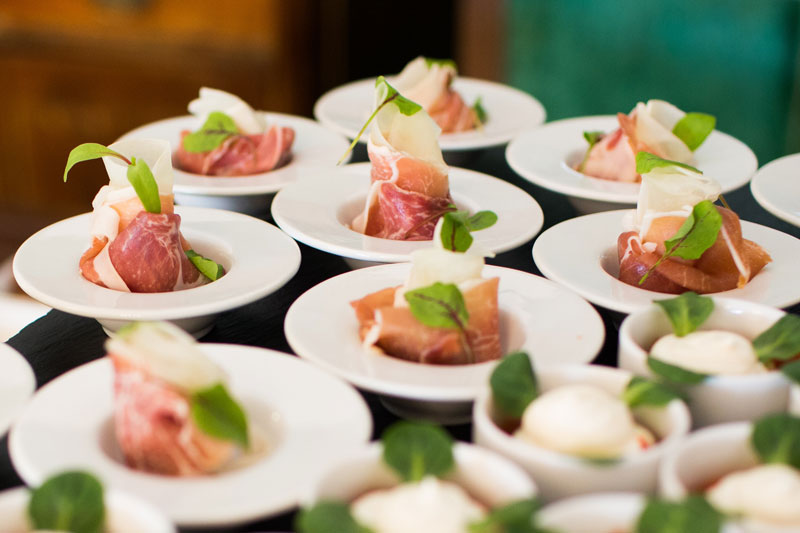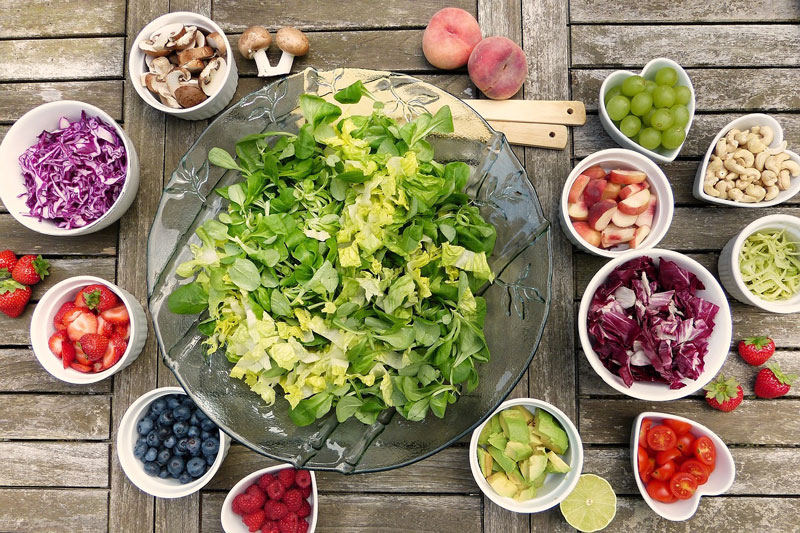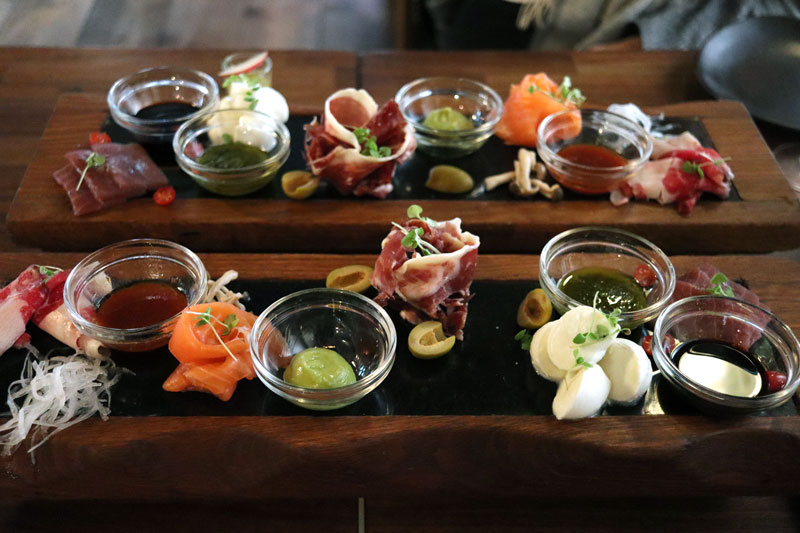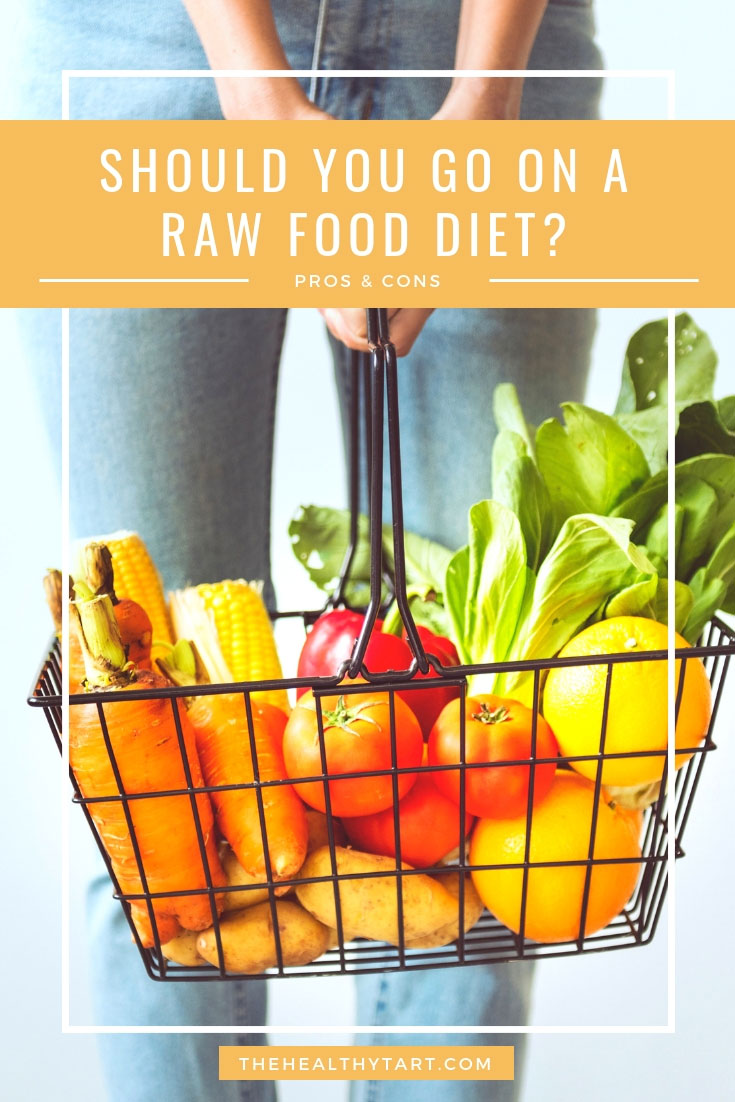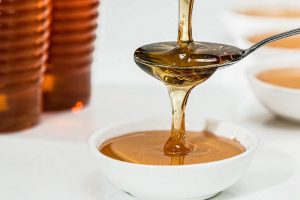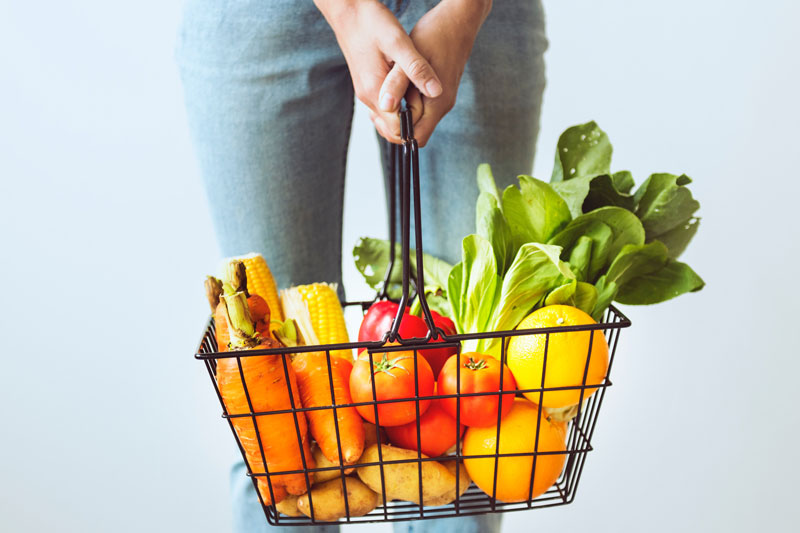
What is a Raw Food Diet?
As more and more people are searching for a “healthier” lifestyle, groups like the raw food or vegan movement have gained popularity. These two diets often get mentioned together but are in fact very different. Let’s have a look at what a raw food diet actually is!
A raw food diet, also sometimes called “raw foodism,” is about eating mostly or all unprocessed and uncooked foods to get all the nutrients without the dangerous additives.
The goal of eating more raw foods is to obtain plenty of nutrients in an easy-to-digest manner. While there’s no need to go completely raw or to declare yourself a “raw vegan,” making sure to consume at least some raw vegetables and fruits every day is important for just about everyone.
Raw food diets come in all sorts of different variations, all with different advice and degrees to which foods can be cooked.
Most raw diets seem to suggest food shouldn’t be heated over 48C. Applying heat (specifically above 48C) destroys some of the natural enzymes in food. Therefore, the body needs to produce more of its own enzymes.
Also, if you cook your food above 57C, it destroys heat-sensitive nutrients – for example, tomatoes lose about 10% of their vitamin C content when cooked for just two minutes.
What can you eat on a Raw Food Diet?
Depending on the exact type you choose to follow, raw food diets can include far more than just fresh produce.
In addition to raw fruits and vegetables, you might consume fish, sea vegetables, fermented foods, sprouted grains, nuts, seeds, eggs, and even some meat and raw dairy products.
The thing that ties various raw food diets together is that generally no foods that have been pasteurized, homogenized, or produced with the use of synthetic pesticides, chemical fertilizers, industrial solvents or chemical food additives are included.
This means avoiding or at least greatly reducing, most popular packaged and processed foods sold in the grocery store like bread, bottled condiments, cereals, crackers, cheese, refined oils and processed meats.
Foods to Eat
- All fresh fruits
- All raw vegetables
- Raw nuts and seeds
- Raw grains and legumes, sprouted or soaked
- Dried fruits and meats
- Nut Milk
- Raw nut butter
- Cold-pressed olive and coconut oils
- Fermented foods like kimchi and sauerkraut
- Seaweed
- Sprouts
- Raw eggs or dairy, if desired
- Raw meat or fish, if desired
Foods to Avoid
- Cooked fruits, vegetables, meats and grains
- Baked items
- Roasted nuts and seeds
- Refined Oils
- Table salt
- Refined sugars and flour
- Pasteurized juices and dairy
- Coffee and tea
- Alcohol
- Pasta
- Pastries
- Chips
- Other processed foods and snacks
Check out my tips on How to eat healthy on a budget?
Pros and Cons of a Raw Food Diet
Pros
- A raw food diet certainly has many positive points, mainly because it is high in fresh fruits and vegetables. It also incorporates other foods that are high in nutrients and fibre.
- Furthermore, a raw food diet limits the intake of foods known to contribute to poor health, such as processed junk foods and added sugar.
- Additionally, it nearly guarantees weight loss because it is low in calories.
Cons
- When you switch from a mostly cooked diet to a mostly raw diet, your calorie intake is likely to decrease dramatically. Some people may find it difficult to eat enough raw food to meet their daily calorie needs.
- While heating fruit and veg can cause the loss of some heat-sensitive nutrients, like vitamin C, other nutrients actually benefit from cooking. For example, cooking carrots and tomatoes makes it easier for our bodies to benefit from their protective antioxidants, including beta-carotene (which we convert to vitamin A), and lycopene.
- In addition, some vegetables like those in the cruciferous vegetable family (kale, broccoli, cauliflower, cabbage, mustard greens and Brussels sprouts) contain goitrogen compounds, which in excess can block thyroid function and contribute to hypothyroidism, but these are mostly deactivated by heat and cooking.
- Some studies have also shown that peppers and mushrooms become more nutrient-dense when cooked.
- Also, raw diets can be nutritionally unbalanced because they must be mostly made up of either fats or fruits to meet your calorie needs.
- Finally, it can be difficult to stick to a raw food diet when out socialising, not many restaurants offer raw food menus.
Can anyone eat a Raw Food Diet?
Keep this in mind: While including more raw food in your diet has plenty of benefits, a raw food diet tends not to work so well for people with certain gut types.
Raw foods diets aren’t for everybody, since raw fruits and vegetables can be hard to digest for some people lacking certain enzymes or digestive capabilities and because they’re high-fibre diets.
If you have a sensitive digestive system, such as inflammatory bowel diseases like ulcerative colitis, cooking more of your food might be a better option.
If you arere unable to digest the vitamins and minerals in foods, you risk nutrient deficiencies and other illnesses. This can happen when you can’t break down fibrous vegetable cell walls to unleash stored nutrients. So, in some cases cooking with low to medium heat can help predigest fibres for us and release more essential vitamins and minerals.
Eating out on a Raw Food Diet
If you are on a raw food diet or considering adding more raw food to your diet you might have realised already that it’s hard to find restaurants that cater to raw foodies.
But there is hope, while some restaurants might be offering 1 or 2 raw sidedishes Dylan McGrath at Rustic Stone in Dublin has taken it a step further and has created an entire Raw Food Menu.
The Raw menu at Rustic Stone uses the best of Irish produce and follows a simple concept of applying less heat to food. By doing this it allows the ingredients in their purest form to dominate and be the centre of the nutritious natural flavour.
Expect to go on a flavour journey with raw meats and seafood such as air-dried Connemara lamb, Iberico ham and tuna akami matched with delicious raw sauces accompanied by raw or pickled vegetables.
Like every good menu, it finishes with a range of delicious desserts such as the Oat cookie with chocolate and avocado pudding, passion fruit sauce and fresh kiwi.
The menu is designed to revitalise and is offered in a fun and affordable way.
Dylan plans to develop this concept further by opening a separate “Raw Bar” over Rustic Stone which will work as a separate entity to the existing restaurant.
Conclusion
I personally don’t think that there is a need to go all raw but that most people will be benefitting from including more raw food into their life.
As described above, certain ingredients benefit from being eaten raw while others benefit from cooking.
As often in life, it is about finding the right balance, restaurants like Rustic Stone give you the opportunity to experience something new without having to commit to it.
You might be surprised by how much more there is to a raw food diet than just vegetables and fruits.
Your turn
Would you go all raw or maybe consider adding more raw foods to your diet? I am looking forward to reading your comments.
For more updates follow me on Facebook, Twitter, Instagram, Pinterest or subscribe to my YouTube channel!
This post has been written in collaboration with Rustic Stone Dublin.
Like it? Pin it!
